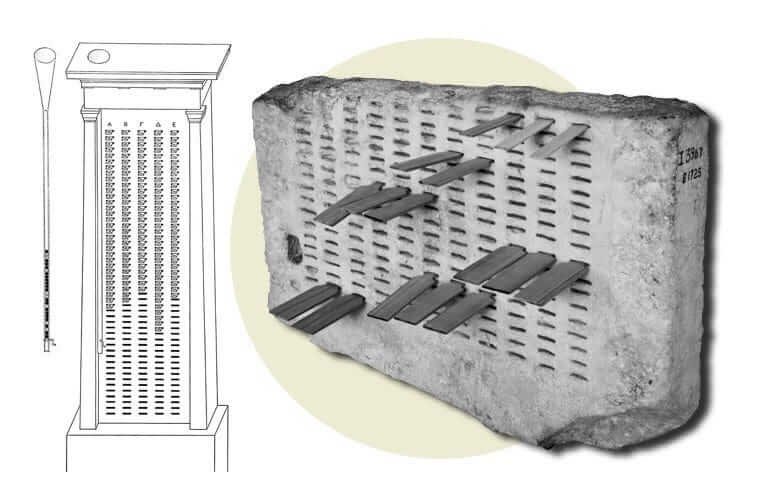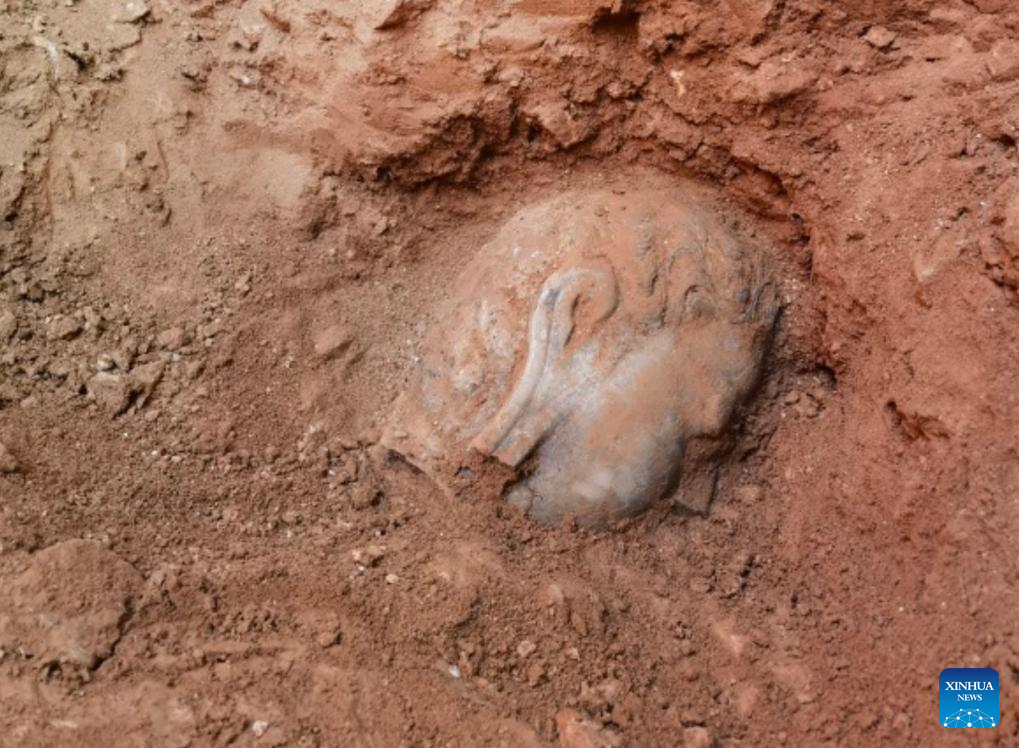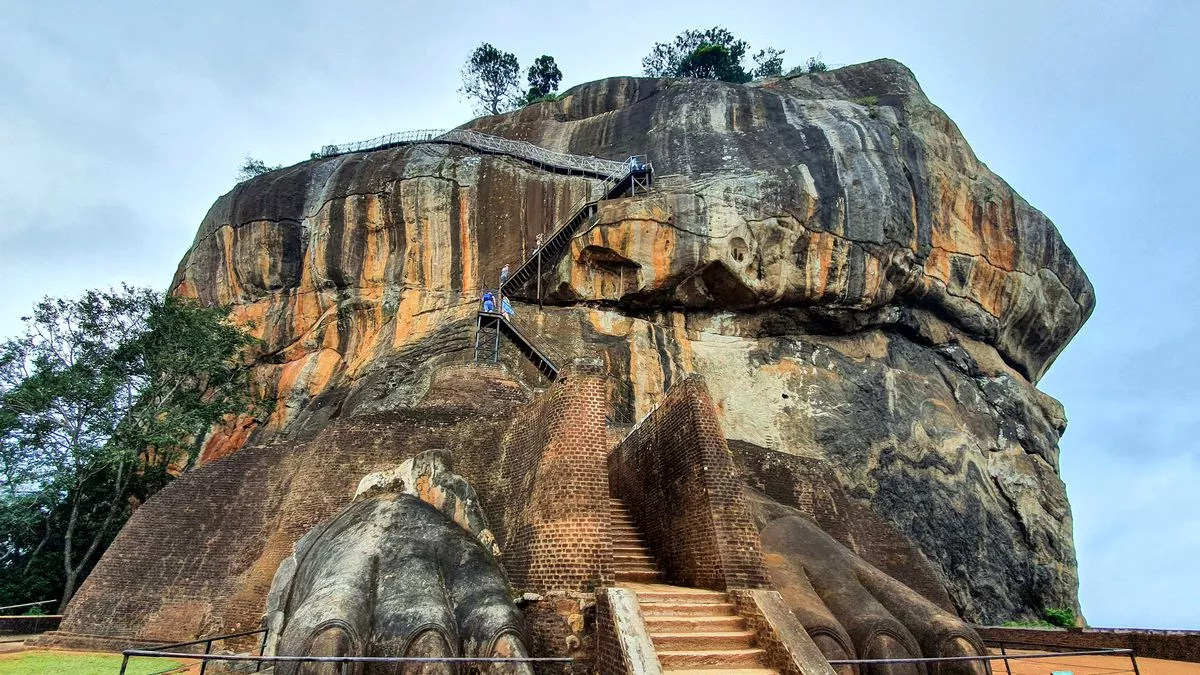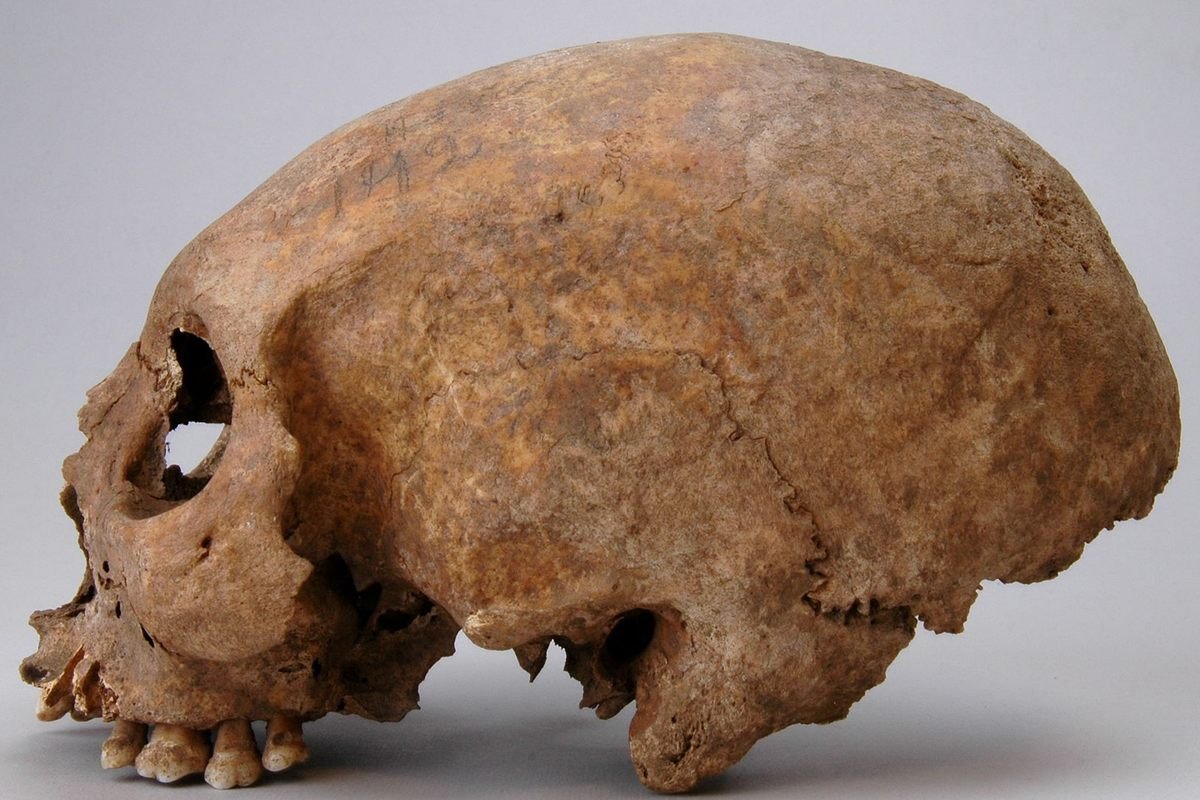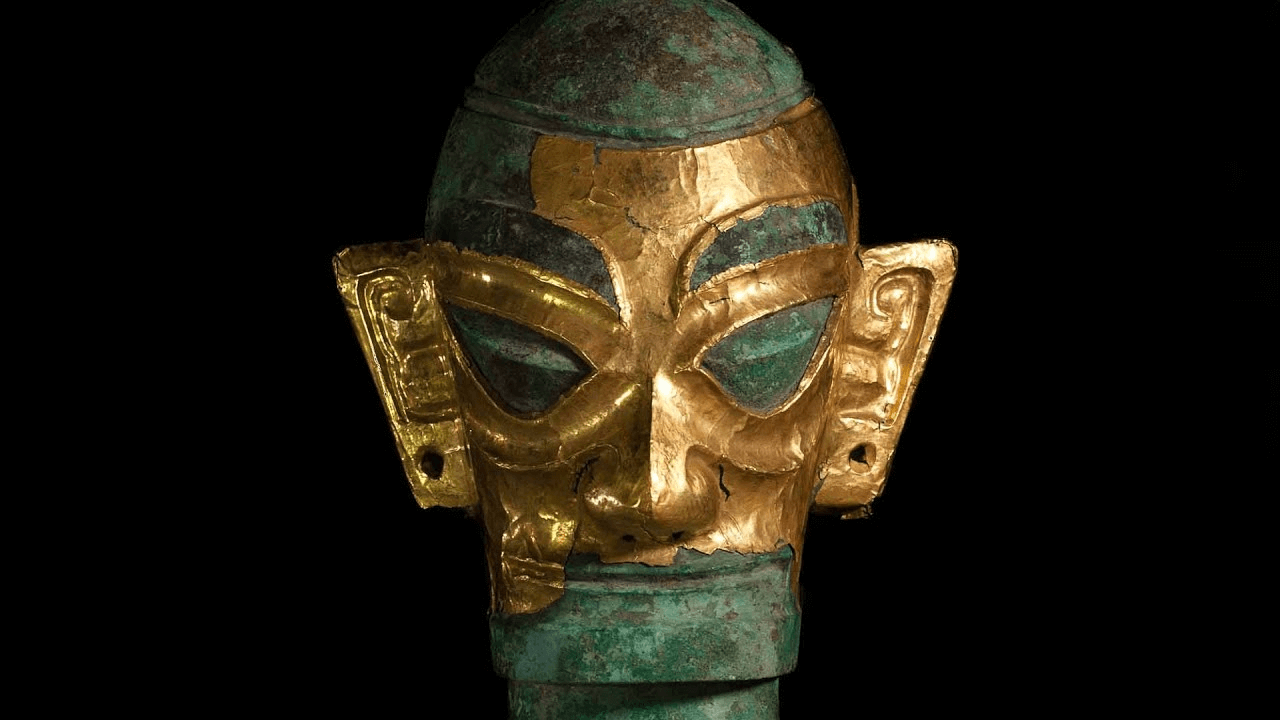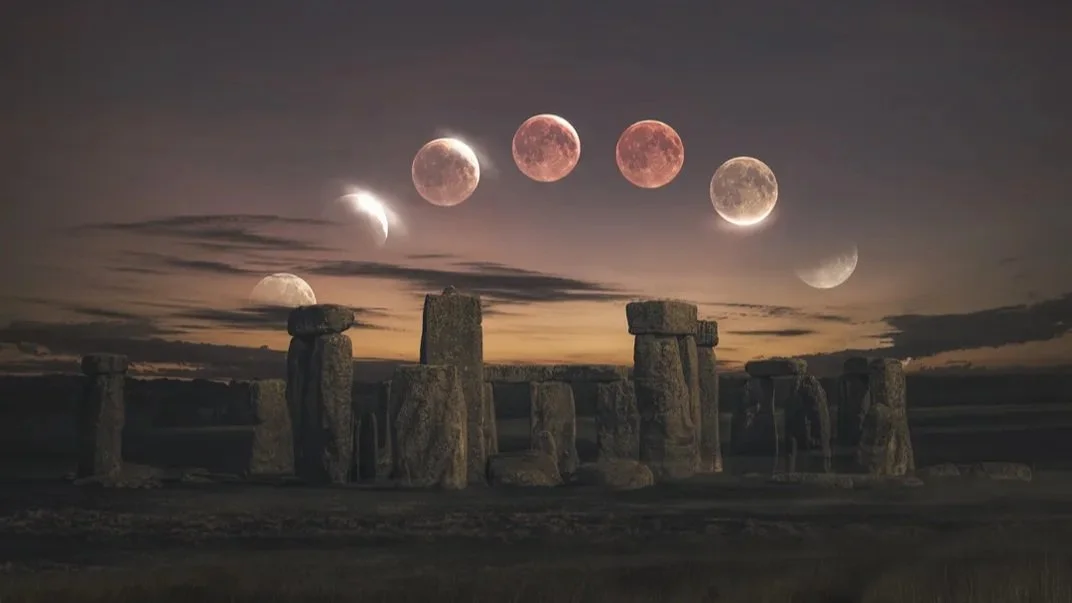Q11. Was democracy too quixotic or odd for societies—from Imperial Rome to the 1600s or so—to bother with it? Was the subject too hot to handle?
A. Not, I think, too quixotic (though both Republican and Imperial Rome produced relatively few speculative, utopian political thinkers, as opposed to Cicero, the classic prophet-of-things-as-they-are, steady-state, reactionary oligarchic thinker), but, yes, too hot. Rome as an imperial power, first in Italy then throughout the Mediterranean and beyond, always followed the lead of Sparta, systematically favouring, to the extent of radically intervening militarily to impose, oligarchies of conservative, propertied aristocrats or semi-aristocrats among their subordinate ‘allies’. Imperial Rome from Augustus (27 BC/E-14 CE) on was of course an autocracy or dictatorship, no matter how hard at least the earliest Emperors tried to disguise it as a (restored) republic. For the nature of the Republic as a political system, see immediately above.
Q12. I recall a lot in your book about the Magna Carta, Machiavelli, Cromwell, Hobbes, Rousseau, Tocqueville, and more. Can you comment on some of the important aspects and people?
A. The reasons for which the object and persons you mention are included in my book vary greatly! Broadly speaking, Machiavelli, Rousseau, and Tocqueville may be invoked as democratic or proto-democratic, whereas Cromwell and Hobbes belong firmly to the anti-democratic tradition. In more detail, the Florentine Machiavelli (1469–1527), author of The Prince, was heir to a medieval Italian tradition of city-republics in which a political place was reserved for some construction of il popolo (‘the People’), but the very title of his most famous work tells us that in practice, the most he could have been hoping to achieve was moderate autocracy or dictatorship inflected in a vaguely populist direction. J-J Rousseau (1712–1778), a Swiss-French philosopher and educator, first formulated the notion of the ‘general will’, a far more democratic notion than, say, Cicero’s ‘will of the populus’. He was considered, together with Voltaire, one of the two greatest intellectual influences on the French Revolution (which had a democratic element). Alexis, count of Tocqueville (1805–1859), was the author of a brilliant, officially commissioned study that he entitled Démocratie en Amérique (1839–40). The word ‘democracy’ in its French form had been borrowed into anglophone discourse; Tocqueville repaid the compliment by emphasising the egalitarian, democratic spirit of (settler, colonial) Americans a score of years before Lincoln became the first US President to be elected, in 1860, on an explicitly anti-slaveowning ticket.
Oliver Cromwell (1599–1658) was, of course, by definition, a small republican, since he led the movement of regicide that executed King Charles I in 1649. But as Lord Protector under the shortlived English Republic (1649–1660), he showed definite authoritarian, undemocratic, and even regal tendencies. Three authors of the Republican period exemplify the fierce ideological debates that caused and were caused by the act of regicide: the poet John Milton (1608-1674) and the political theorist James Harrington (1611-1677) were both for the Republic and showed proto-democratic leanings, whereas Thomas Hobbes (1588-1679), a political philosopher, was all for the re-establishment of an all-controlling sole rule and blamed the ancient Greeks (some of them!) for being all too peskily democratic.
Magna Carta (1215 CE, sworn between King John of England and a select group of Barons) is ambiguous: a couple of its clauses, most famously the one prescribing habeas corpus, can be seen as folding without friction into more genuinely democratic regimes such as that (‘constitutional monarchy’) established by the so-called Glorious Revolution of 1688/9, but in origin and intent there is nothing democratic whatsoever about Magna Carta as such.
Q13. There is little direct democracy in Western countries, though there are many representative democracies and republics. Can you explain that?
A. The issue is tripartite: size, ideology, and technology. In the ancient Greek world, which was endowed with communications technology at a distance, democracy had to be direct. But that technological necessity was reinforced by ideology: it was believed that the people as such ought to or had to govern, both as themselves and for themselves, for a set purpose. And the combination of low technology with a belief in the virtue of direct rule was further reinforced by the very small size of ancient citizen bodies, the modal size of which is estimated to be between 500 and 2000 adult males. The ancient Athenian democratic citizen body, normally around 30,000 but sometimes increasing up to 50 or 60,000 and sometimes decreasing to 20,000 or below, was altogether exceptional, off the scale. But a normal figure for the attendance at a regular Athenian democratic assembly meeting on the Pnyx hill is thought to have been a more manageable 5 or 6,000, with 6,000 being set as the minimum required, the quorum, for valid voting on certain issues, such as the award of citizenship to a non-Athenian foreigner. Whoever/however many turned up at an Assembly meeting or at an electoral meeting were officially deemed to be ‘the people’ for legal-constitutional purposes. Likewise, any ‘People’s’ jury, selected by lot from a panel of 6,000, whether 201 or 2,501; a usual figure (as at the trial of Socrates) was 501, the large size aimed at preventing effective bribery. The Athenians were therefore perfectly able to incorporate the idea of representation into their fundamentally and definitionally direct system of democracy.
Direct democracy within the basically representative systems of contemporary (Western) democracy is understandably very rare, given all the fundamental ways—size, technology, and ideology—in which contemporary democracies differ from those of ancient Greece. There is, however, one mode of democratic political action that, as used in some modern democracies and in some (e.g., Switzerland) much more frequently than others, approximates more nearly the ancient Greeks’ direct ways of reaching political decisions, and that is the use of the plebiscite or referendum. Significantly, both of those terms have a Latin, not a Greek, etymology, since far more contemporary European and Euro-American civil and criminal law is derived from Roman than from ancient Greek law. Different democratic countries have different rules for how, on what issues, or in what form a referendum may be couched, held, and evaluated in the overall process of governance. Radical Democrats today argue that direct democracy—or elements of direct democracy—should be enhanced, for example, by incorporating it into the very lawmaking process itself. But few if any argue that a modern democracy, one in possession of nuclear weapons of mass destruction, for instance, should take advantage of the latest digital communications technology to introduce direct self-government by referendum on a daily basis.
Q14: Is there an inherent contradiction? Like this: cities and civilization created democracy. But this produces extremely powerful individuals and groups—hierarchies. What do you think?
A. Only indirectly did cities and civilization (the latter derived etymologically from the former) produce/create democracy. It is true, however, that democracy was/is a culture, a way of life, not just a system of governmental organization and popular decision-making. For instance, humans in ‘nature’ aren’t all equal, so to make equality a fundamental core democratic value is to act culturally, not naturally. Institutions, of course, take time to establish and have to be forged and tested to destruction. Humans are social beings, but they require conscious acculturation to dominant shared values. Democracy is not the work of a day. On hierarchy, see answers to Q15 and 18.
Q15. Most, if not all, organizations have one leader or an oligarchy. Would that be the case for corporations and universities too, and so on?
A. In the early 20th century, German sociologist Robert Michels promulgated his ‘Iron Law’ of oligarchy, to the effect that, no matter how democratic any large organization—or society!—might intend and proclaim itself to be, actually in time it would in practice be run oligarchically, that is, by a small group of people effectively beyond the reach and control of the ‘ordinary’ members of the organization (whether a business corporation or a university). Specialists in the history of the ancient Athenian democracy have argued vigorously—and I believe successfully—against applying any such ‘iron law’ to Athenian politics between about 500 and 320 BC/E, but they are happy to claim (and again, I agree with them) that the ‘Law’ does apply to the Roman Republic. As for modern organizations and societies, I’d say that a weak version of Michels’s Law—a lead rather than iron law, perhaps—does generally apply universally, though in some cases (Xi Jin Ping’s China, e.g.) more obviously than in others.
Q16: Is direct democracy slow and inefficient for organizations? Is it also the case that the rich and powerful (or anyone) just prefer a steady state or enlargement of their position?
Q17. One thing I’ve noticed is that powerful people on the Left make all sorts of lovely ideal announcements, but that much of it doesn’t stand for themselves but for society or “the masses” out there. Like celebrities with their private jets. Or in the USA, people who tout the equality of public schools or busing their kids to more diverse schools or affirmative action—but don’t have that for their kids, of course.
A. I think those two questions/observations can usefully be answered together. It all depends on what you mean by ‘efficiency’, and whether you’re thinking only in terms of values that can be measured quantitatively or/and of issues that can and should be evaluated qualitatively. Aristotle was surely right to give an essentially economic, class-based analysis of how power was distributed and exercised in the Greek political communities and societies he knew. I would add that that analysis can also usefully be applied universally, mutatis mutandis. On the side of values, the Funeral Speech attributed by Thucydides to Pericles (see above) contains one remarkable passage on shirkers, or what we call free riders. Such people, who fail to make their proper civic contribution to the common good, have, Pericles says, no place in democratic Athens. Again, I would suggest that that argument doesn’t apply only to an ancient democracy.







